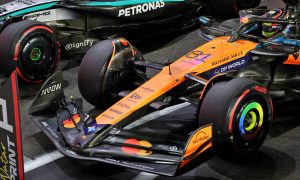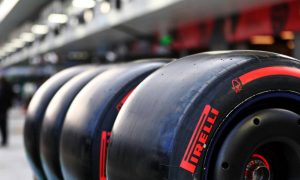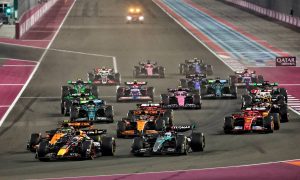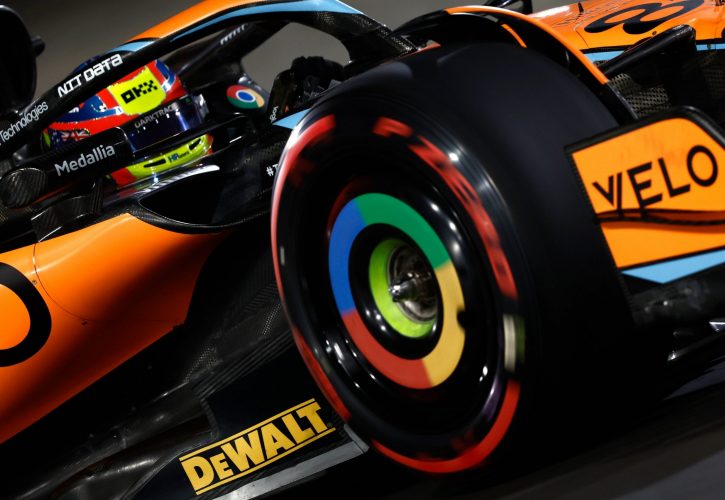
Pirelli is preparing to deal with “major technical challenges” in Las Vegas as F1 teams head into the unknown in the City of Lights.
Amidst the dazzling lights and electrifying energy of Las Vegas, Formula 1 is set to ignite the city's vibrant spirit as the sport takes center stage this week in Sin City.
Drivers are set to battle to the limit on the track’s 6.2km street circuit that winds through the city’s iconic Strip and other prominent entertainment landmarks.
F1 fans are preparing to be captivated by the sights and sounds of F1 racing under the neon glow of the gambling capital of the world.
And ‘gambling’ might well become a key word in the paddock given the teams’ complete lack of knowledge and data regarding setups and strategies.
Further complicating everyone’s guess work will be Vegas’ cold and nocturnal environment, with forecasts calling for single-digit Celsius temperatures during the weekend’s sessions, conditions that could wreak havoc on tyre temperatures, and therefore on grip.
“It will be a major technical challenge for both the teams and us, as we head into this race with no real references apart from simulation,” explained Pirelli motorsport boss Mario Isola in his preview of this week’s epic event.
“Nobody has ever actually driven the 6.12-kilometre Las Vegas Strip circuit before, which is second only to Spa in terms of overall length this year, characterised by three straights and 17 corners.
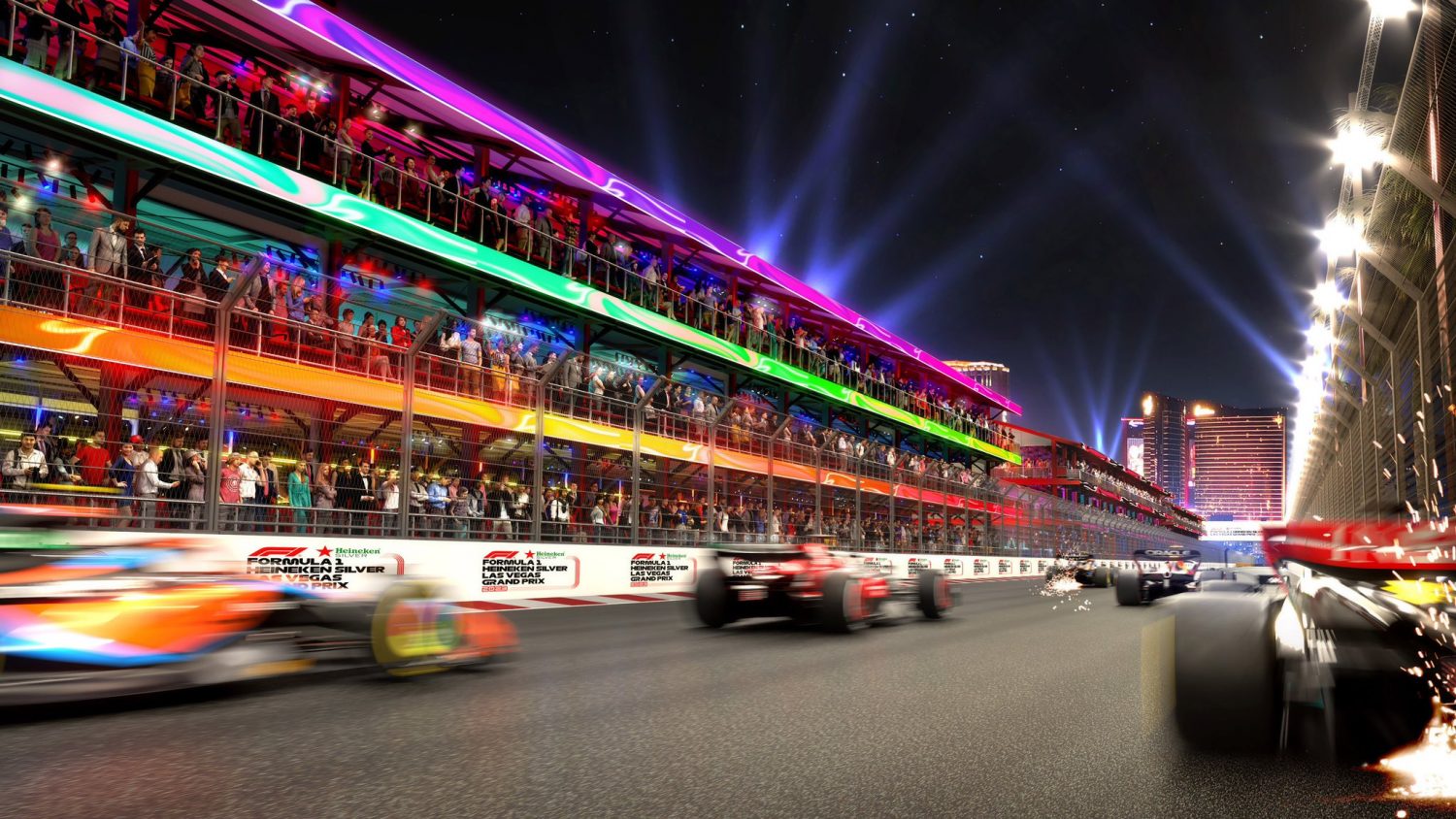
©F1
“The surface will be a mix of the usual street asphalt, especially on the actual Strip, as well as other parts that have been completely re-asphalted for the occasion; adding another unknown element.
“There won’t be any support races and the track will be opened again to normal traffic for long chunks of the day, which means that the surface won’t rubber in as usual and deliver improved grip.”
Teams are preparing to run low-downforce configurations in Vegas, with levels “similar to Baku or even Monza” according to Isola.
“Hitting a high top speed will be key to being competitive,” added the Italian.
“All the sessions will take place at night, with unusual ambient and track temperatures for a race weekend; more similar to those found back when pre-season testing used to take place in Europe.
“Those long straights also make it harder to warm up tyres in qualifying, as well as keep them in the right window: the same challenge as seen in Baku, which will probably be more pronounced in Las Vegas.”
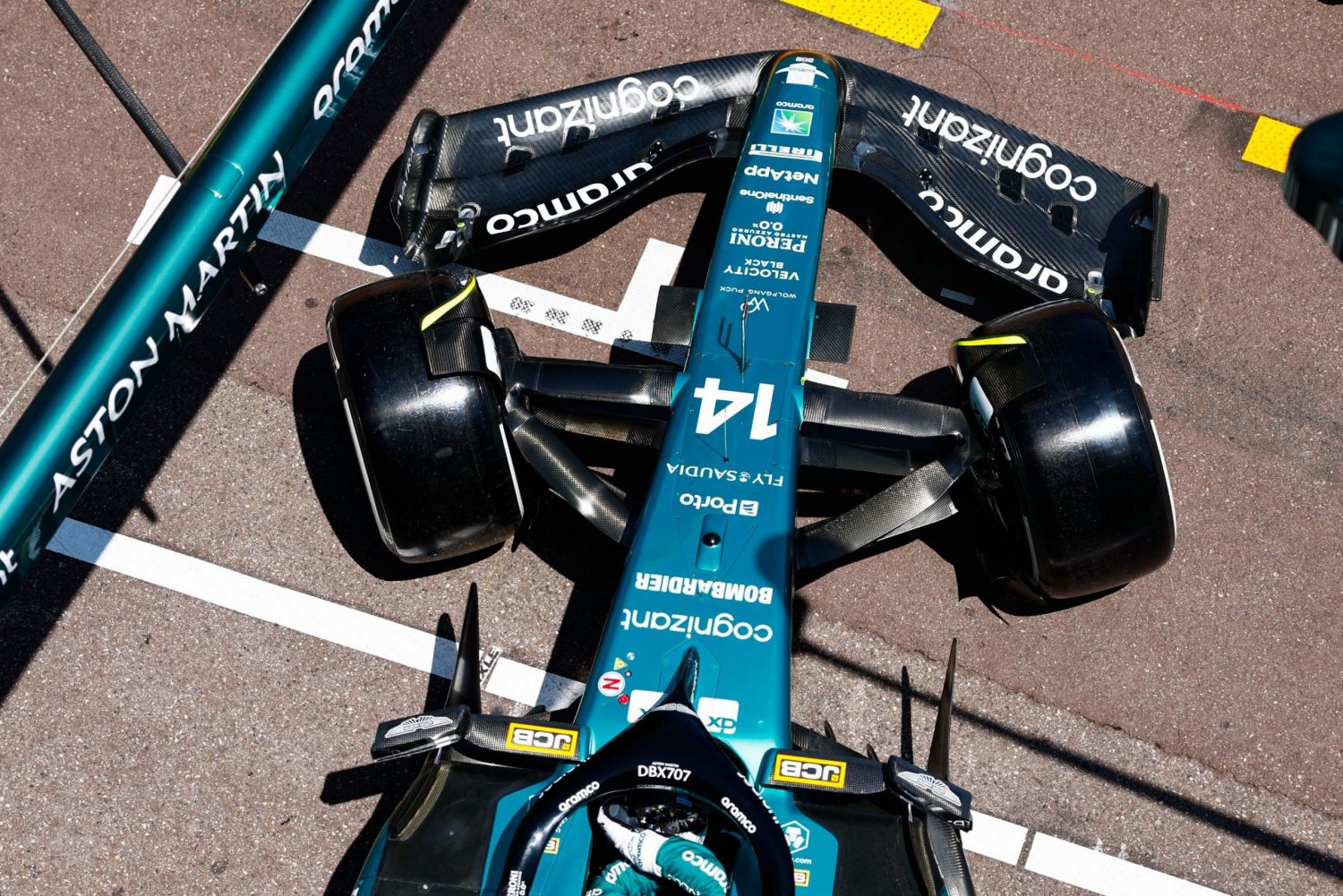
Indeed, long straights in cold conditions will quickly cool tyre temps, leading to tricky grip levels as drivers barrel into the corners.
Unsurprisingly, given the anticipated extreme conditions and low-grip track surface, Pirelli has selected its three softest compounds for the race weekend, and mandated minimum tyre pressures.
“We’ve selected the trio of softest compounds for this weekend: C3, C4, and C5, which should guarantee good grip,” explained Isola.
“Minimum tyre pressures should be 27 psi at the front and 24.5 psi at the back, due to the expected low temperatures as well as the track layout.
“In cold conditions, the gap between cold tyre pressures and normal running pressures is greatly reduced – so when the car is moving, tyre pressure will increase a lot less than on other circuits due to the low asphalt temperatures.
“As a result, we think that running pressures will still be lower than on other circuits that are tough on tyres, such as Baku for example.”
Keep up to date with all the F1 news via Facebook and Twitter



